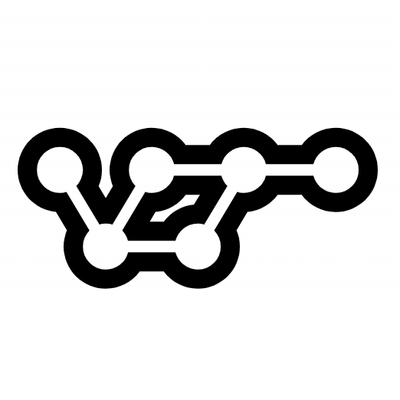
Security News
vlt Launches "reproduce": A New Tool Challenging the Limits of Package Provenance
vlt's new "reproduce" tool verifies npm packages against their source code, outperforming traditional provenance adoption in the JavaScript ecosystem.
Telegrapy is a package for easy building of bots using the Telegram Bot API.
$ pip3 install telegrapy
ALTERNATIVE: Clone the repo
$ cd PATH_OF_YOUR_CHOICE
$ git clone https://github.com/sudogene/telegrapy.git
$ cd telegrapy
from telegrapy import Bot
token = 'YOUR_TOKEN'
bot = Bot(token)
print(bot.get_me())
bot.run()
print('Running...')
while True:
time.sleep(3)
When the bot runs, it indefinitely checks for message updates and handles them.
Quick example on an echo bot can be found in example.py.
Telegram Objects in telegrapy are object-oriented implementation of JSON-objects in the Telegram API. Each object has a unique identifier (ID) and its corresponding JSON. Hence, any object can return its own JSON format by calling the .json attribute.
Based on Telegram User. These are typically senders of Message.
Based on Telegram Chat. They are subclassed into PrivateChat, GroupChat, and SupergroupChat. As of now, there are not many differences in terms of parsing messages from these chat types. Chat IDs are required for bots to send messages to.
Based on Telegram Message. The main bulk of data necessary for bot interactions. Contains information of the date time, sender, chat, command, and text.
Bot commands are special text/phrases recognized by bots as commands, and trigger bots to call functions defined by the user. All messages received by the bot are parsed and handled by the Handler class which is attached to the Bot upon creation. You can create your handler functions using the function signature
def function_name(msg: telegrapy.Message)
where all functions MUST take in the Message object. A code example:
def echo(msg):
chat_id = msg.chat_id
text = msg.text
bot.send_message(chat_id, text)
Defined handler functions can then be added to the bot's handler:
# get the handelr
handler = bot.handler
# add the function
handler.add_command('echo', echo)
Adding of commands to the handler requires two arguments; the string command and the function.
Not to be confused with bot commands. Bot methods are GET and POST HTTP methods based on Telegram Available Methods. As of now, the following methods have been implemented in this library:
| Method | telegrapy.Bot function |
|---|---|
| getMe | get_me |
| sendMessage | send_message |
| sendPhoto | send_photo |
| sendAudio | send_audio |
| sendDocument | send_document |
| sendVideo | send_video |
| sendVoice | send_voice |
| sendDice | send_dice |
Some methods support additional arguments specific to use case. An example is reply_to_message_id which allows the bot's message to reply to a specific message. This requires the Message ID, which is conveniently available in the Message input for all handler functions.
# Direct reply to the sender's message
def echo(msg):
chat_id = msg.chat_id
text = msg.text
bot.send_message(chat_id, text, reply_to_message_id=msg.id)
bot.handler.add_command('echo', echo)
... More to be added
FAQs
Telegram Bot API
We found that telegrapy demonstrated a healthy version release cadence and project activity because the last version was released less than a year ago. It has 1 open source maintainer collaborating on the project.
Did you know?

Socket for GitHub automatically highlights issues in each pull request and monitors the health of all your open source dependencies. Discover the contents of your packages and block harmful activity before you install or update your dependencies.

Security News
vlt's new "reproduce" tool verifies npm packages against their source code, outperforming traditional provenance adoption in the JavaScript ecosystem.

Research
Security News
Socket researchers uncovered a malicious PyPI package exploiting Deezer’s API to enable coordinated music piracy through API abuse and C2 server control.

Research
The Socket Research Team discovered a malicious npm package, '@ton-wallet/create', stealing cryptocurrency wallet keys from developers and users in the TON ecosystem.